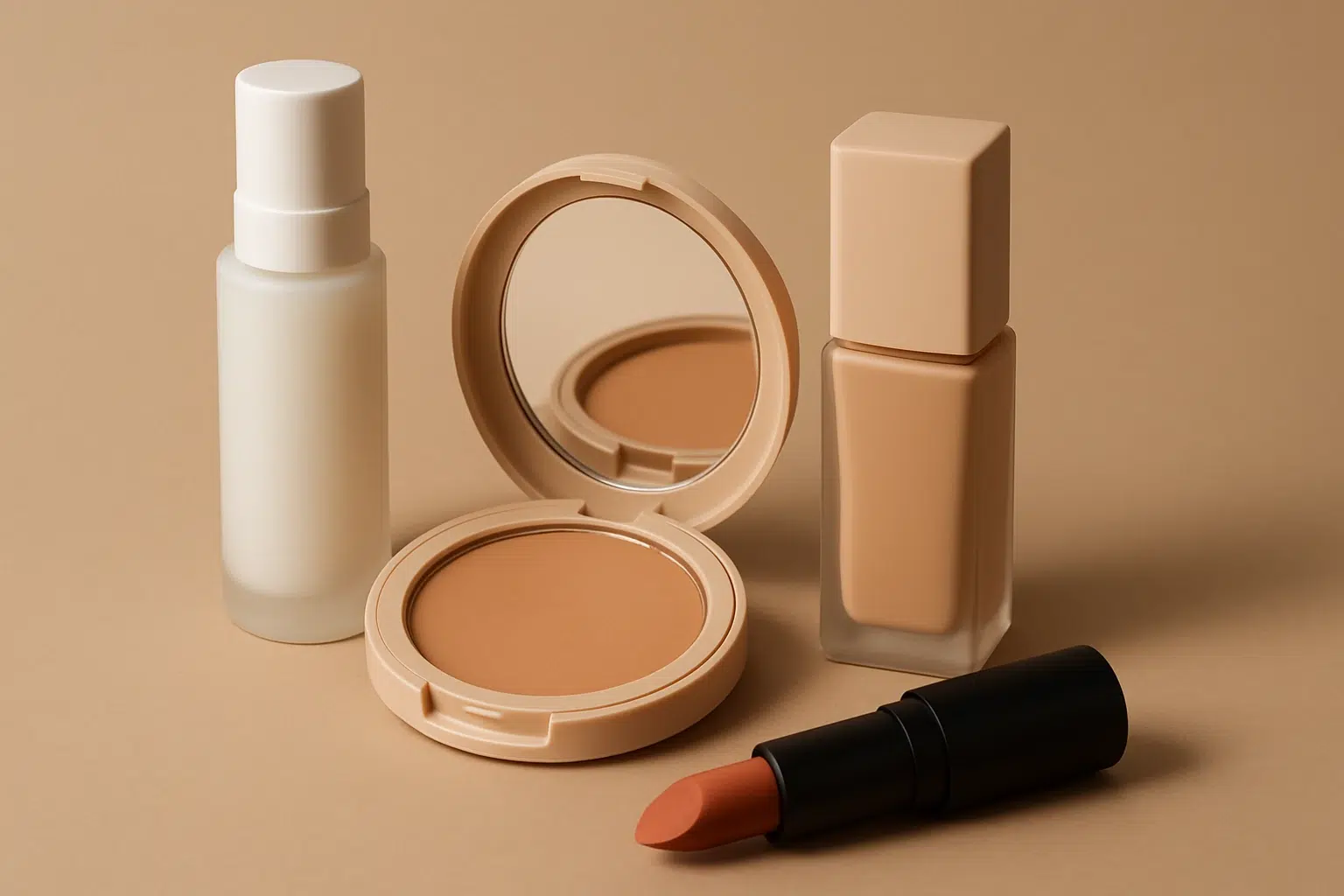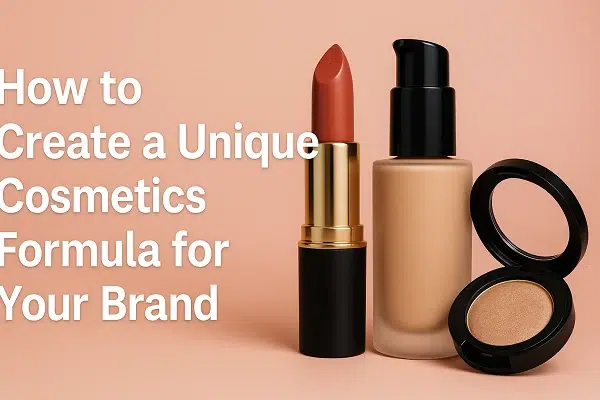🌍 Quick Answer:
Eco-friendly cosmetic packaging—such as PCR plastics, aluminum tubes, kraft boxes, and waterless formats—is more than a sustainability statement. It offers practical value: reduced regulatory friction, increased consumer appeal, and growing retail preference. Choosing greener options may slightly raise costs, but it opens the door to premium pricing and market trust.
Why Eco-Friendly Packaging Matters More Than Ever
In today’s beauty market, packaging isn’t just about protection or appearance—it’s part of a brand’s message. Consumers are increasingly choosing products that reflect their values. A survey by Deloitte found that over 50% of consumers consider sustainability when making a purchase, especially in personal care.
Retailers and platforms are responding, too. From Sephora to Amazon’s Climate Pledge Friendly program, more distribution channels are requiring or rewarding sustainable packaging.
Popular Sustainable Materials and Formats
Many brands are now moving toward materials that offer both sustainability and market appeal. Here are some of the most widely adopted solutions:
1. PCR (Post-Consumer Recycled) Plastics
Used in: lip gloss tubes, foundation pumps, palettes
Advantages: lower carbon footprint, reduces landfill waste
Notes: Often meets GRS and RoHS standards
2. Aluminum Tubes and Jars
Used in: creams, balms, solid cosmetics
Advantages: lightweight, fully recyclable, sleek appearance
Notes: Often accepted in municipal recycling systems
3. Biodegradable Paper and Kraft Boxes
Used in: outer cartons, lash trays, palette sleeves
Advantages: compostable, plastic-free, easy to brand
Notes: Can be combined with soy-based ink and embossing
4. Waterless-Compatible Packaging
Used in: shampoo bars, solid serums, powdered cleansers
Advantages: supports concentrated formulas, reduces water waste
Trend Insight: Waterless beauty is gaining attention for sustainability and travel-friendliness
Cost and Supply Considerations
Opting for eco-conscious packaging often means slightly higher production costs—typically 10–20% more than standard plastic. However, these costs are frequently offset by:
Stronger consumer perception of product quality and ethics
Improved retail access, especially where eco-certification is valued
Less packaging waste, leading to better shipping efficiency in some cases
Here’s a typical breakdown of packaging formats:
| Material Type | Starting MOQ | Avg. Lead Time | Common Use Cases |
|---|---|---|---|
| PCR Plastic | 5,000 units | 35–45 days | Mascara, compact cases |
| Aluminum Tube/Jar | 3,000 units | 30–40 days | Creams, lip balms, balms |
| Kraft Paper Packaging | 1,000 units | 20–30 days | Boxes, brush sets, palettes |
| Solid Format Packs | 2,000 units | 30–40 days | Bar soaps, powder blushes |
Exact times and MOQs depend on design complexity and finishes like foiling or embossing.
Is It Worth It?
Going green isn’t just about ethics—it’s a response to consumer demand and evolving regulations. Brands using recycled or biodegradable packaging often enjoy:
Higher perceived value at point of sale
More engagement on social platforms thanks to eco-focused messaging
Simpler compliance with emerging rules like the EU Packaging and Packaging Waste Regulation
For those launching new products or refreshing existing lines, sustainable packaging isn’t just a good idea—it may become a requirement.
Learn more about the EU’s new regulations and how global retailers are adapting.
Final Thought
Switching to eco-friendly packaging doesn’t need to be complex. With flexible material options, manageable MOQs, and growing consumer support, it’s becoming a practical choice for brands of all sizes. Whether you’re creating a minimalist skincare line or launching a colorful makeup collection, smart packaging can add meaningful value beyond the shelf.







